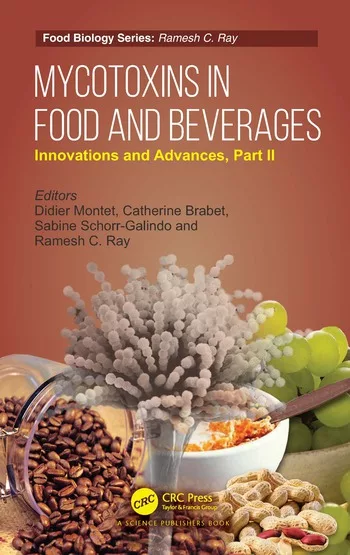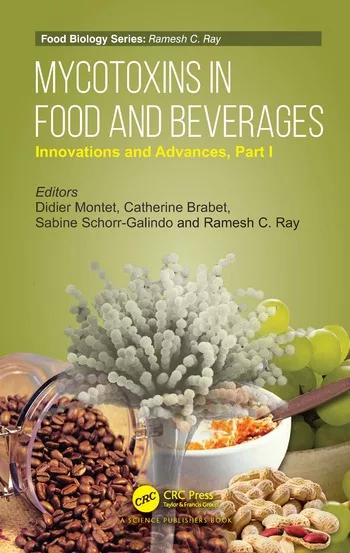MillerCoors spotlights its innovations
New packages draw attention, ensure a competitive advantage
There are certain things you’ll see in most beer commercials on TV: attractive women, endearingly lunkheaded guys, streams of golden brew. And there’s one thing you’ll see in commercials for Miller Lite, Coors Light and other MillerCoors products: A reference to the packaging.
“In all of our commercials, you will see a package featured,” says Curtis Babb, MillerCoors’ director of packaging materials and development. “It’s not just talking about the brand esoterically. It talks about the brand with the package, specific to that particular communication.”
There’s a lot to talk about. During the last few years, MillerCoors, Chicago, has consistently turned out one packaging innovation after another:
|
Unique venture, unique beer
MillerCoors is a unique joint venture between beer giants Molson Coors and SABMiller (see Sidebar: “Joint venture means singular challenges”). It’s an arrangement that presents both challenges and opportunities for synergy.
“The product is different by itself. The beer is uniquely different,” says Dave Klante, vice president of engineering and packaging. “There are different yeasts, different carbonation levels, and all those things need to be accounted for during packaging development.”
One of the most fundamental differences is pasteurization. There are exceptions on both sides, but most Miller products are heat-pasteurized, while most Coors beers are not. This is especially challenging in a manufacturing environment in which seven of the eight major MillerCoors breweries bottle both Miller and Coors products.
MillerCoors has developed various coping strategies to meet the challenge of making both pasteurized and nonpasteurized beer in the same facility. Both beers have the same shelf life of about 17 weeks. These include using the same cleanroom to bottle both kinds of beer and developing plastic “shrouds” to envelop the top halves of bottles as they’re being filled — in essence, creating a mini-“cleanroom” for unpasteurized packaging.
Other packaging differences must be accounted for. One of the most fundamental is can size. Miller uses the industry standard 211 can for its 12-ounce cans, while Coors uses a taller, thinner 209 can. Klante would be delighted if Coors were to switch to standard cans, because it would make changeovers easier. But because the unique shape of the Coors can serves as a point of marketing distinction, MillerCoors will just have to keep filling both sizes in turn.
The dual can situation illustrates how packaging innovations, tweaks or eccentricities are welcome at MillerCoors as long as they serve a larger purpose. Otherwise, they don’t see the light of day. “It’s all about innovating, making money and being relevant in the marketplace,” Klante says.
The innovation process
Proposed packaging innovations are judged by four criteria, Babb says: Would it support a brand’s positioning? Does it address a real or perceived problem? Would it help differentiate a MillerCoors product from the competition? Does it give the consumer a “reason to believe”?
Case in point: the Home Draft Box. The idea was to cater to consumers’ preference for draft beer.
“People prefer draft beer when available, because the perception is, it’s fresher and better beer,” Klante says.”Taking a look at how many different ways we can make drinking experiences more fun, more engaging to the consumer at home, the evolution came that we should be looking at a home-dispense system that can fit in most refrigerators where people can have a draft experience at home.” The Home Draft Box, after testing well last year, debuted in the late summer of 2010.
To initiate and develop packaging innovations, the marketing teams at MillerCoors have an innovation group that works with what Klante calls “the fuzzy front-end technical guys.” They troll for ideas at trade shows and in consumer research reports. “They’ll find quantitative scores, whatever those concepts may be, and they’ll do further development on those, and the ones that score well are the ones they may bring in to pursue for further development,” he says.
Like many consumer packaged goods companies, MillerCoors works with suppliers to develop packaging innovations. O-I, which supplies all MillerCoors glass bottles, developed the process of internal embossing that led to the Vortex bottle. Ball Corp. supplies its cans and aluminum bottles.
Innovation through Customization
Of course, suppliers can always take innovations to competitors (in the absence of a licensing agreement like MillerCoors has with O-I). One example is the color-changing ink that MillerCoors uses for Coors bottles and cans. Anheuser-Busch InBev recently introduced the same technology for its Busch brand.
“We’re not real concerned that Busch has come out with this on their below-premium brand,” Babb says. One way to deal with a situation like this is to tweak the innovation, which is exactly what MillerCoors is doing. Coors Light recently debuted two thermochromatic inks both the same color: One ink for cold, another for colder temperatures.
Innovation is important to MillerCoors, but it has to be used judiciously, out of respect for both product requirements and consumer expectations.
“Beer needs to be cared for,” Klante says. “It’s a living product, and therefore it has a much reduced portfolio it can draw from to be packaged in than other drinks. New materials are being developed all the time. And when these materials are found to be acceptable for a superior experience by the beer consumer, we will be there looking at them.” BI
Looking for a reprint of this article?
From high-res PDFs to custom plaques, order your copy today!





